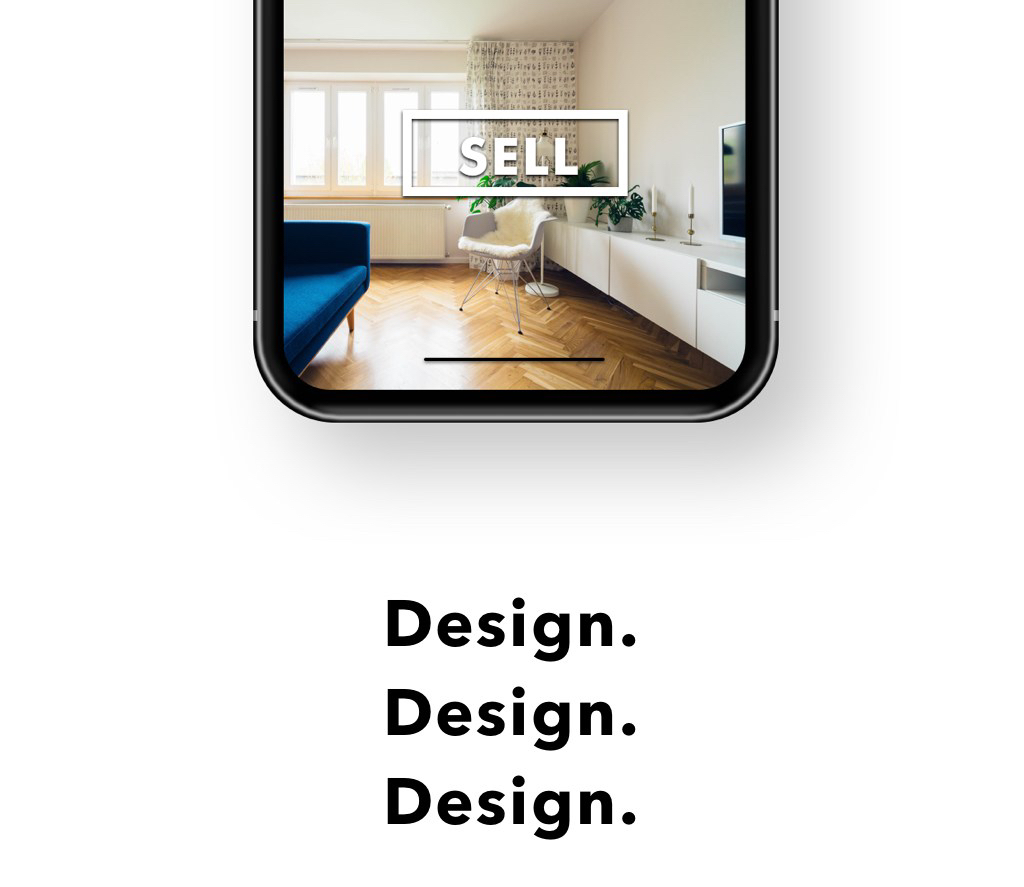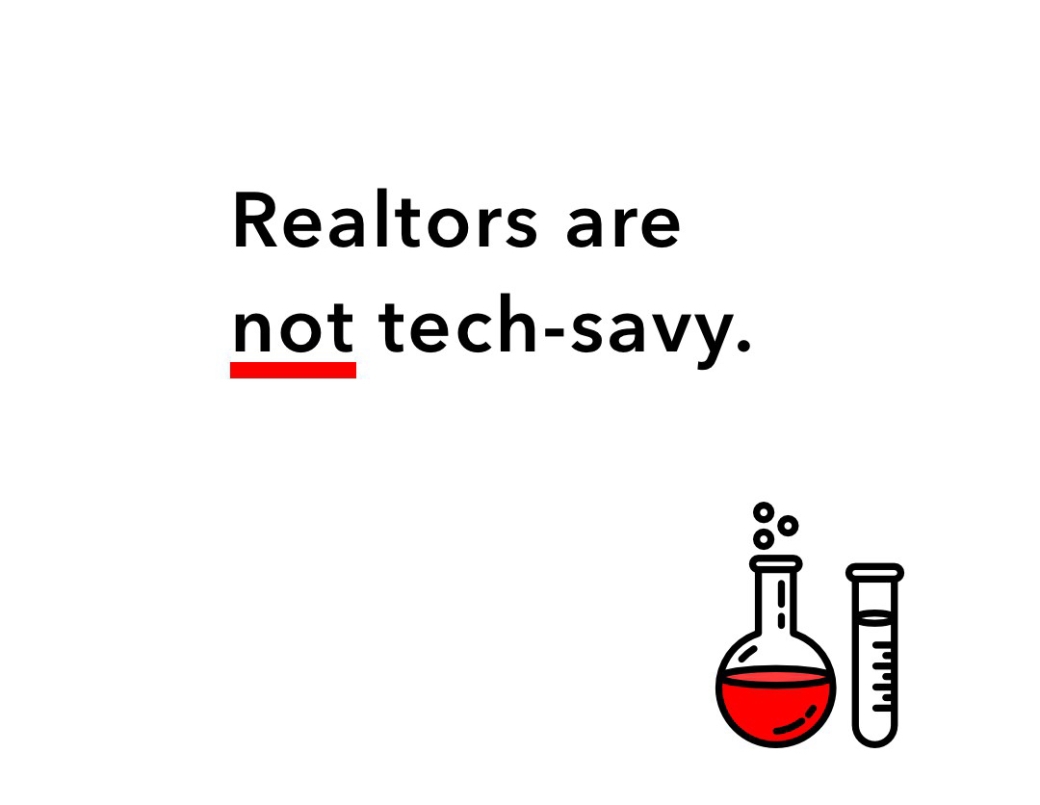At a glance
Name of business: XR Games
Industry: VR Game Development Studio
Key learning points;
Bottom-up development
Developing an existing game on a new platform isn’t about adapting existing mechanics – it’s about having the expertise to review the original game, and being able to understand which core elements are suited to the new platform – you build from there.
Allowing time for innovation
“A game is all about input and output – you need an interface you can rely on”
The classic twin-stick navigation system which is now commonplace on consoles was around for 10 years before becoming the mainstream norm. VR is still a new medium, and so it’s interface design requires the same time for innovators to develop and refine the way it controls before developers have a standard interface to rely on.
Killer app required
“There’s a whole bunch of things required before VR gaming can become mainstream, but we’ll know it when it happens because there’ll be a VR game that everyone’s heard of.”
Not going to lie people, I’m excited to share this one. Before we get into it, I recommend reading Virtuality 2.0 as it links directly to this interview. If you don’t have the time, you can check out the brief recap below.
Recap from Virtuality 2.0
With so many huge businesses investing heavily in developing VR and AR (as I talked about in my original Visual Trends: Virtuality article), I’m so interested to learn more about what the future of VR looks like from businesses working within the industry.
Despite skepticism that a busy company would be willing to answer questions about the wider VR industry from the owner of a small blog; I asked XR Games if they’d be willing to answer questions about and beyond their recently released game.
To my pleasant surprise, XR Games said that wider questions on the industry would make for a better article and were fully on-board to answer whatever questions I had!

To prepare my questions, I WhatsApp’d friends and asked what they would be most interested to read about in an interview with a VR games developer.
I took every one of the questions they suggested, grouped them together, and emailed them across to XR Games.
Read their answers below.

As I understand it, you were asked by 3D Clouds to create a mobile VR game that mirrored their console and PC game ‘All-Star Fruit Racing’.
How did you approach the process of streamlining a full console/pc game and what was your process for optimising it for VR controls?
We approached it the other way around. It’s not a matter of streamlining a console game; it’s a process of determining what gameplay elements support a mobile VR game, and building up from those.
We started with the control system, as the majority of games rely upon their control systems for fun – certainly driving games. The rest of the design emerged from the needs of the control, which was designed specifically for cardboard VR.

How did you decide which components of the console game were most important to maintain in the mobile version of the game which you developed?
The strong needs from Fruit Racing (beyond the vehicle and fruits) were those which supported the light, arcade-y ‘kart racing’ feel – pickups, jumps, speed boosts and so forth, as opposed to a more serious driving style.
Pickups were clearly important, but the format of our game (30 second perfect-able courses, predicated upon the use of the cardboard headset) meant that a kart racing power-up system was redundant, so we used a simple scoring system instead so as not to unnecessarily multiply features.
Pretty much everything else that reflects Fruit Racing is in the visuals, and we had a lot of fun deciding on which fruits the tracks would be themed by, what colour schemes would be appropriate, and what scenery would complement those fruits.
I feel like racing games are one of the most enduringly successful genre of games on mobile.
With so many great racing titles out on mobile, did any provide a source of inspiration during the development of XR games?
I’ve always been suspicious of racing games on mobile, as the tactility of control is less satisfying on touchscreen or using tilt.
However, the racing game is one of the great standards of video game, as it combines accessibility of control with real-world applicability (driving is a universal concept), and a clear goal state. It’s natural that some version of this form of play will quickly arise on any new platform.
All inspiration for Fruit Racing VR was taken from classic early 3D racing games, specifically Sega games (Virtual Racing, Daytona, Sega Rally) and Namco’s Ridge Racer series.
These games define corners so well, and encourage perfection through exacting control.
The game definitely pulls no punches with its difficulty level – do you have any developer tips to improve people’s driving skills in the game?
Small games require a level of challenge. In addition, the major satisfaction of cornering games is in finally perfecting the line, meaning that score targets must be quite harsh to require that level of perfection.
This is especially true of Legend mode, which is difficult enough to challenge the people who made the game. But hitting the perfect lines feels so good!
To play Fruit Racing VR well, the driver must turn early into every turn. Only by perfecting one corner can the next be approached properly, and so practice is required to learn and chain together all the corners. The pickups show which lines are expected (and which are most satisfying to perfect).
Oh, and use a headset, because the game controls better in VR.
What aspect of the finished ‘All-Star Fruit Racing VR’ game is the team at XR Games most proud of?
The overall polish and sense of purpose the game achieved feels great. It’s a small game, but it’s been played a lot, and so for players who can play it as intended, it punches way above its weight.
It was also nice to deliver a unique control mechanism designed specifically for cardboard VR, rather than compromise.

Is it more of a challenge to develop games tailored to VR than it is to develop more ‘traditional’ games?
The VR form is very new, and so there’s not been the depth of interface development that we’ve seen over 50+ years of screen game design. A game is all about input and output, and developing content-rich games is easier if some standard elements of interface can be relied upon.
For example, twin stick first person control developed from before Doom through Descent, Turok on the N64, and finally Halo on Xbox, before accreting into a standard form learned by millions of players. That’s a decade of evolution before the form even became stable. VR interface design is in its infancy in comparison.
Developing good games is a challenge in any format, of course. Devs work hard.

As developers of VR games, to you, what is the most exciting aspect of VR as a medium for creative design?
Interface.
The goal of contemporary game design is to make the pleasures of play accessible to the largest number of people. The primary barriers to play are difficulties in learning game rules, and difficulties in operating game interface.
The Nintendo Wii took steps forward in this area by supplying control mechanisms that mimicked real life, allowing more people to play (Wii Sports also used culturally familiar game rules, which helped increase accessibility).
VR should help a great deal in that interfaces mimic reality, allowing for transparent operation practices. But it’s early days yet, and there are plenty of barriers to VR use for a mass-market audience.

We’ve seen huge pushes for widespread adoption of VR enabled devices by tech giants like Samsung and Google in the last 5 years.
Social media platforms like YouTube and Facebook have also played their role by allowing the easy sharing of 360 content whilst Snapchat is almost solely responsible for a huge surge in popularity for AR technology.
More recently, Sony has attempted to push VR gaming back into the mainstream with the release of Playstation VR, which they announced as having passed 3 million units sold just last week.
With all that movement on VR and AR tech, it still seems as though VR is still a niche in the UK tech market. For example, I know many people with a PS4 but none of them own a Sony PSVR headset.
Given the above, what are your thoughts on the current state of VR, and other forms of virtual media in the UK market and what do you think the future of the VR industry looks like in gaming?
Digi-Capital provide some of the best insights into the current state of VR and thoughts on the future – such as this article.
I hope there’ll be a steady expansion of hardware sales, leading to enough development to crack certain core problems, as a prelude to an explosion of sales.

How do you see VR innovating/growing over the next few years?
Incremental improvements in hardware, specifically accessibility and comfort. Incremental improvements in game content and interface, as designers work out how to make VR interface that’s easy to use.
We need generations of software to allow designers to feed off each other and draw inspiration from previously successful design solutions. And for users to get used to VR as a standard interface option.
What do you think needs to happen to make VR gaming more mainstream?
The single most important thing is a killer app. This needn’t be a game – smart phones exploded the market for games by supplying everyone with game-ready devices that were nevertheless bought for other reasons.
Then you need an Angry Birds or Candy Crush – culturally visible, high-accessibility games spread by word of mouth – to promote games as an entertainment form to the phone owners. There’s a whole bunch of things required before VR gaming can become mainstream, but we’ll know when it happens because there’ll be a VR game that everyone’s heard of.
Leeds is a increasingly digitally-focused city, with amazing innovative entrepreneurs and businesses throughout.
Does that sense of a growing Leeds community working on cutting edge technology translate to the gaming industry? Are there a number of businesses operating in the same field as you or do you feel that XR Games is at the exciting forefront of the industry within Leeds?
A feature film called “The City Talking: Tech In Leeds” best summaries all the great tech companies in Leeds – it even features XR Games’ Founder and CEO Bobby Thandi, while he was VP Digital at Dubit.
Also, we’re lucky in Leeds, and the surrounding area, that great gaming studios such as RockStar Leeds, Team17, Sumo Digital, and Dubit exist. Not to mention the other 40+ gaming studios in the North.
Meaning there’s a number of options for folks who want to get into the industry, or progress their careers. And that’s the most important factor for more great games to come from the North.
Finally, what exciting things can we look out for in the future coming from XR Games?
Easy to use, fun games for everyone – in VR.
Interested in keeping up with XR Games?
Follow them on Twitter, LinkedIn and Facebook.












